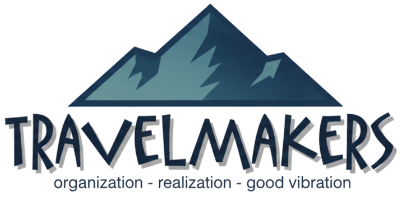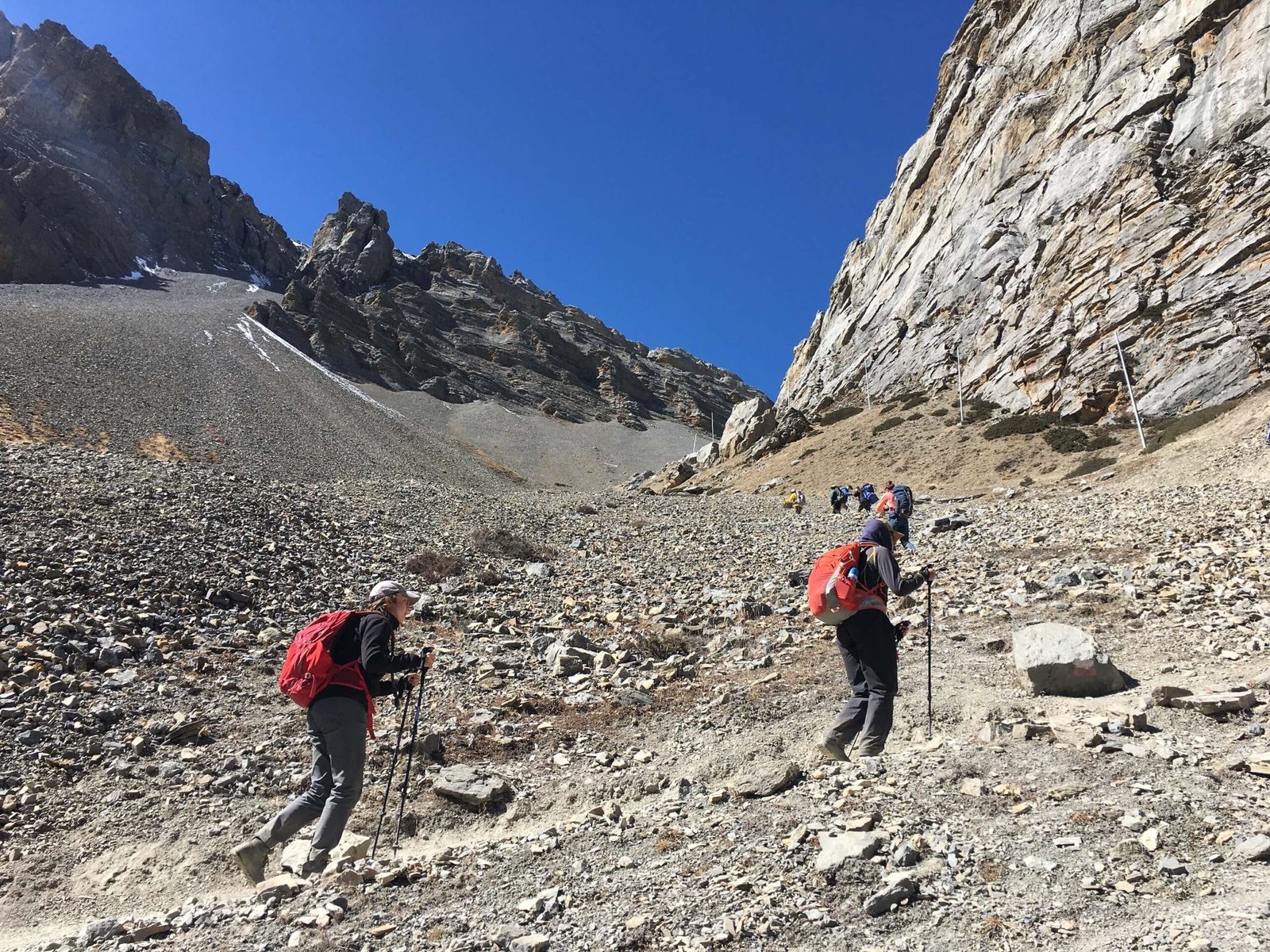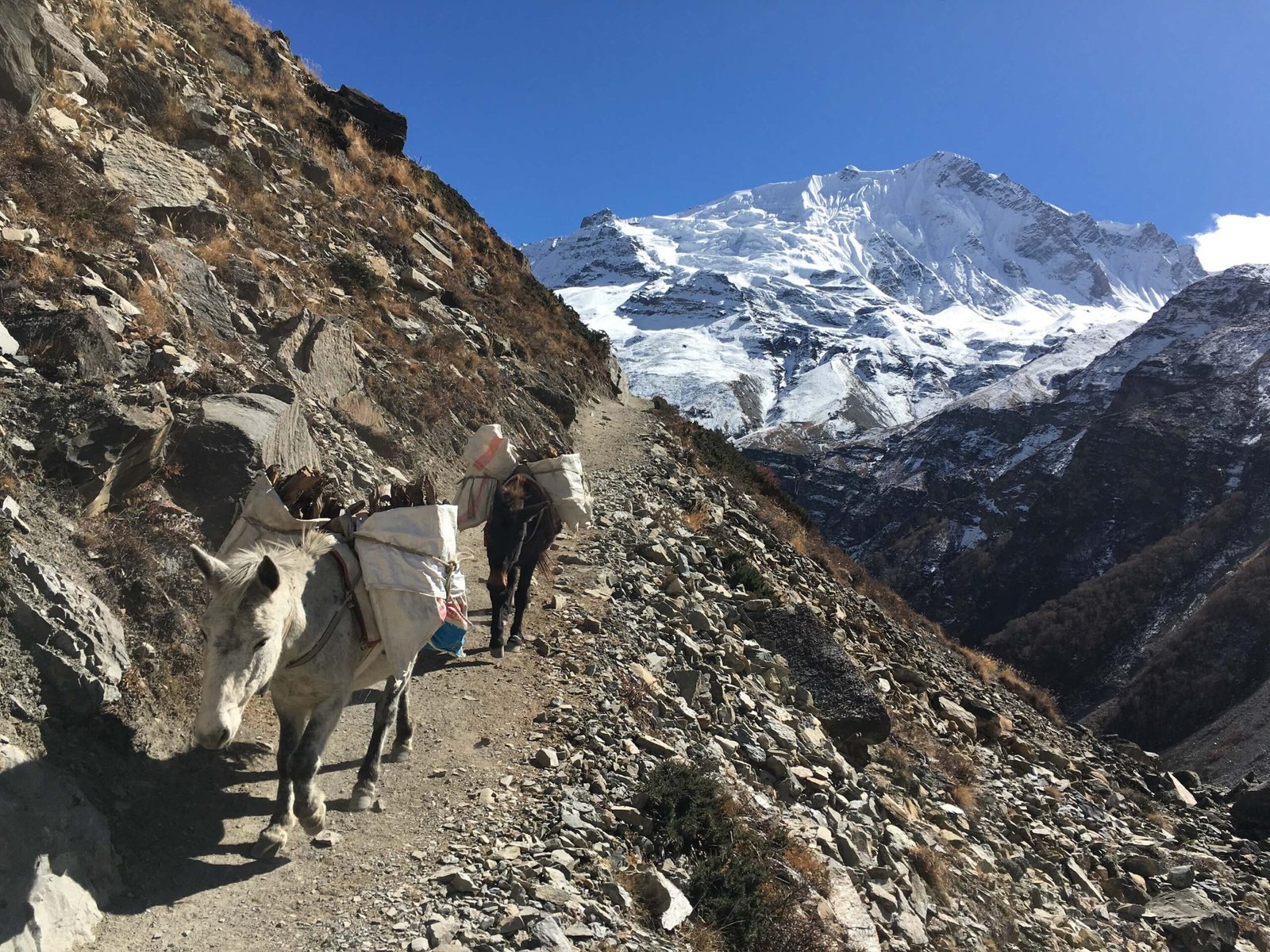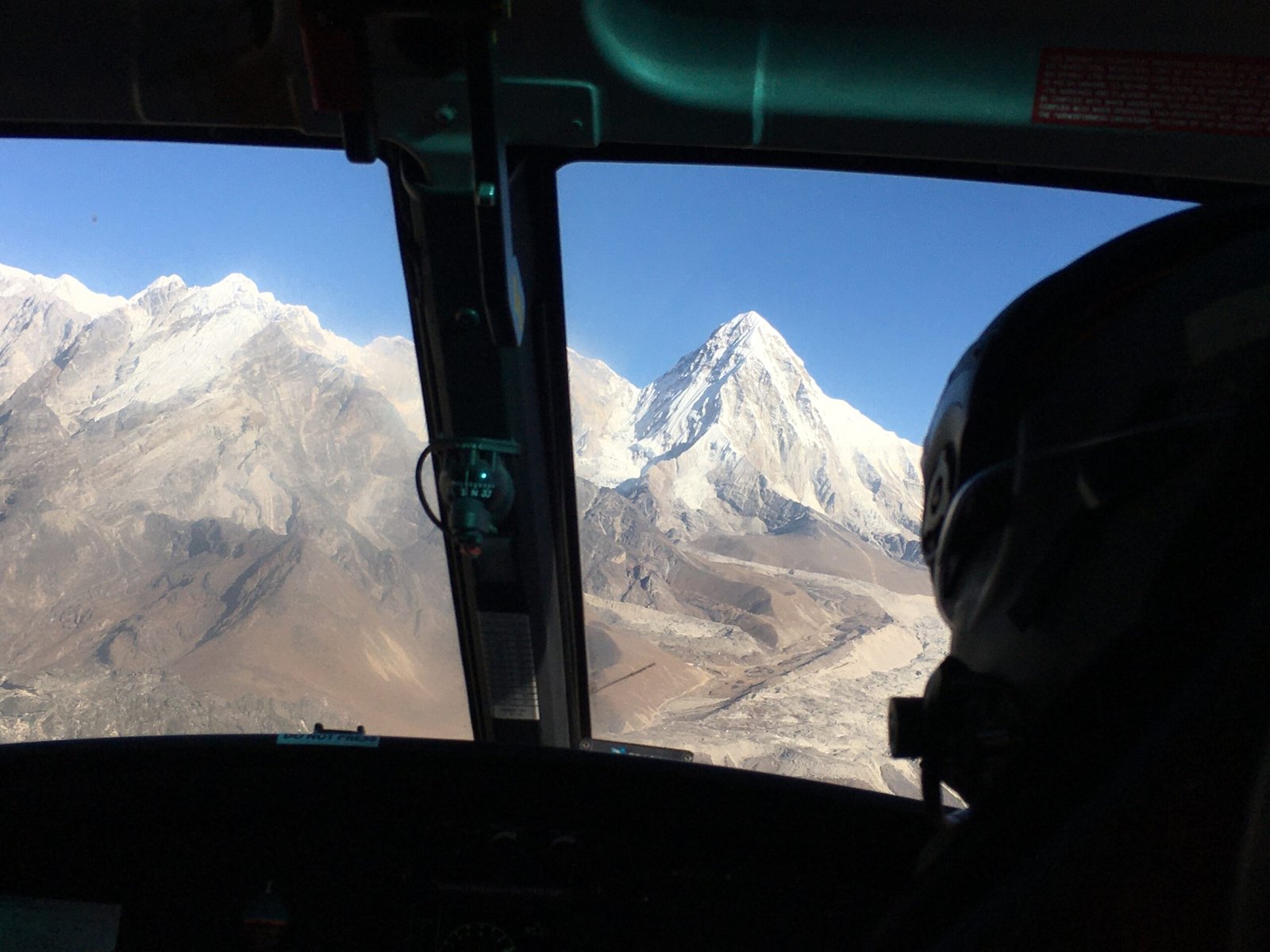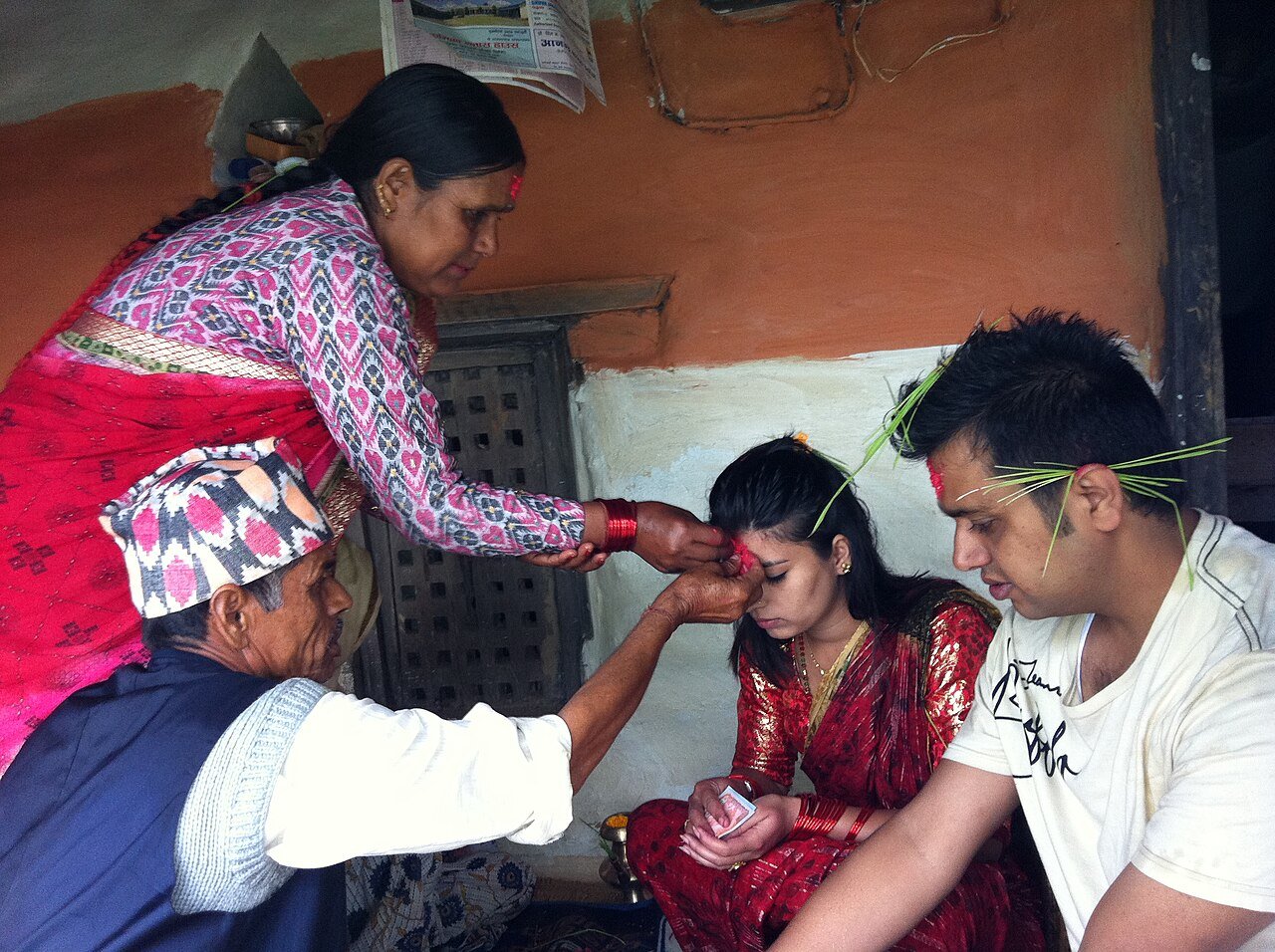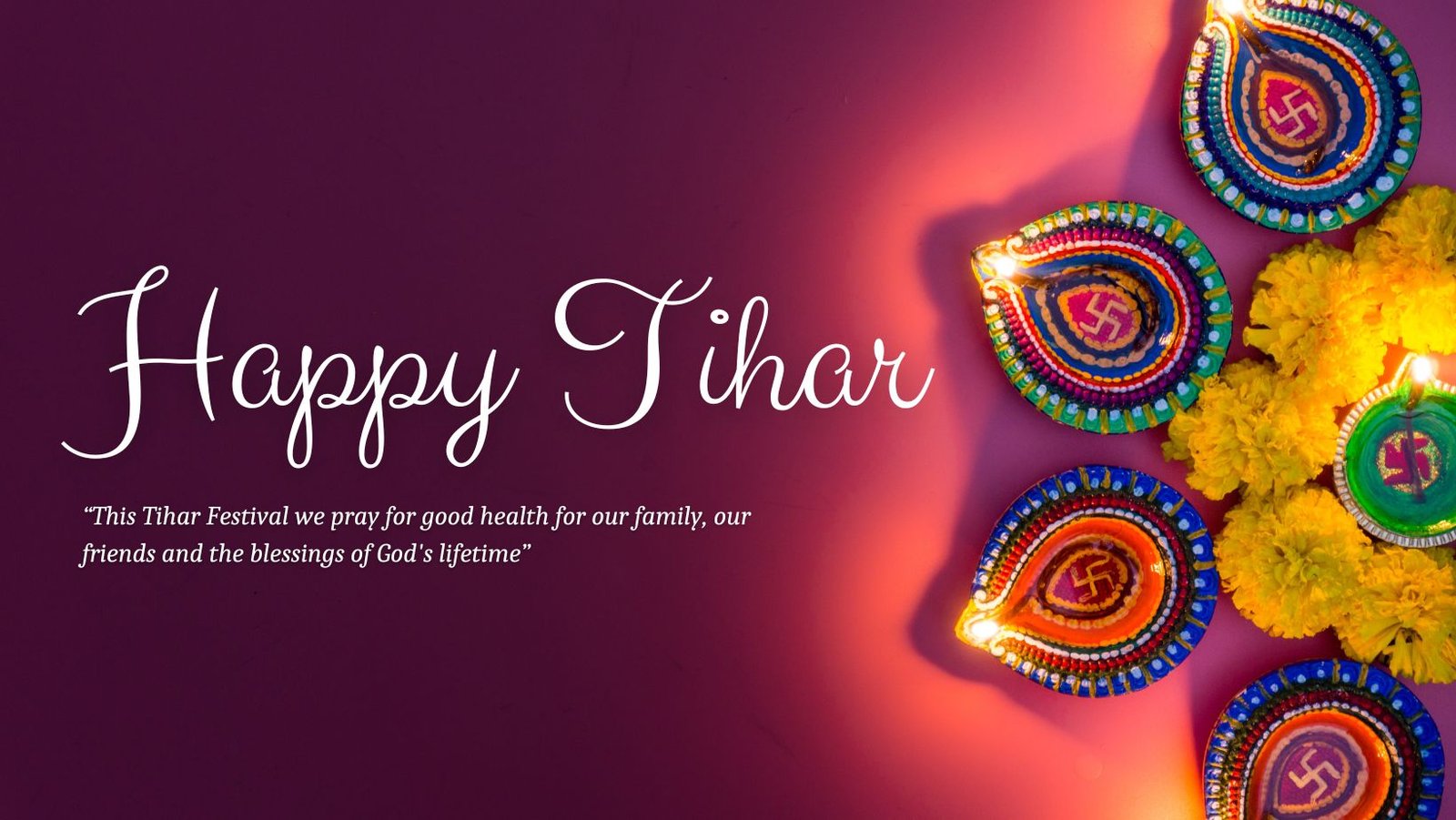Trekking in Nepal is a dream adventure for many, but 2025 brings important changes to the trekking permit system and regulations. Understanding the new rules, permits required, costs, and mandatory guide policies is essential for a smooth, safe, and enjoyable trek in Nepal’s majestic Himalayas. This guide covers everything you need to know before setting off on your Nepal trekking journey in 2025.
Overview of New Trekking Regulations for 2025
Starting 2025, the Government of Nepal has introduced stricter regulations to enhance safety, protect the environment, and preserve local cultures. Notably:
Solo trekking is no longer permitted. All trekkers must either join group treks or hire licensed guides.
The permit system is fully digitized, with online applications replacing old paper permits.
Emphasis on environmental sustainability, including waste management protocols and restrictions on single-use plastics.
Mandatory use of GPS tracking devices in high-altitude climbs above 8,000 meters.
Stricter controls on trekking in restricted or sensitive border areas.
These policies aim to make trekking safer and more responsible while supporting local communities and conservation efforts.
Types of Trekking Permits You Need in Nepal
Nepal’s trekking permits can be broadly categorized as follows:
1. TIMS Card (Trekkers Information Management System)
Required for most trekking routes outside restricted areas.
Fees: $20 USD for individual trekkers, $10 USD per person for groups of two or more.
Issued digitally through authorized trekking agencies.
Used to monitor trekkers’ safety and provide assistance during emergencies.
2. National Park Permits
Required for trekking in areas under National Parks such as Sagarmatha (Everest), Langtang, Annapurna, Makalu Barun, and others.
Fees vary by park but generally range from $20 to $30 USD.
Permits help fund wildlife protection and park maintenance.
3. Conservation Area Permits
Needed for popular conservation areas like Annapurna Conservation Area and Manaslu Conservation Area.
Fees typically around $25 USD.
4. Restricted Area Permits (RAP)
Required for restricted regions with special cultural or security sensitivities: Upper Mustang, Upper Dolpa, Manaslu, Tsum Valley, Humla, Kanchenjunga, and similar.
Higher costs apply; for example, Upper Mustang is $500 for the first 10 days plus $50 per day thereafter.
Solo trekking is forbidden in these zones; all trekkers must be in groups with licensed guides.
Must be obtained through registered trekking agencies and approved by the Department of Immigration.
How and Where to Get Your Permits
Permits must be obtained through authorized trekking agencies. Independent trekkers can no longer apply directly.
The entire process has moved online for ease and efficiency.
Agencies assist with your permit application, guide hiring, and trekking itinerary compliance.
Always carry your permits and identification during your trek as checkpoints conduct routine verification.
Mandatory Guide and Group Trekking Rules
All trekkers must hire licensed trekking guides or join group treks.
Guide fees vary depending on the trekking region and duration.
This rule bolsters your safety, improves local employment, and ensures adherence to environmental and cultural guidelines.
Trying to trek solo without a permit or guide risks hefty fines and disruption to your trek.
For more details, you can check our post on Nepal Trekking Guide Mandatory Rules.
Safety and Environmental Considerations
GPS trackers are mandatory for climbers on peaks above 8,000 meters.
Visitors are urged to minimize plastic usage and follow waste disposal guidelines.
Always respect local customs and the fragile mountain ecosystem.
Important Documents and Tips
Before you begin:
Make sure your passport and visa are valid for the entire trek duration.
Provide a copy of your passport, valid visa, and permit application forms to your trekking agency.
Purchase comprehensive travel insurance covering rescue and medical evacuation.
Keep digital and printed copies of all permits, guide contact info, and emergency numbers.
Internal Resources to Help You Prepare
Final Thoughts
Navigating Nepal’s evolving trekking permits and rules is crucial for a hassle-free and safe trekking experience in 2025. Hiring licensed guides, obtaining proper permits through authorized channels, and respecting environmental and local cultural norms will ensure you have an unforgettable Himalayan adventure. If you’re planning your trek soon, start your preparations early and choose a reputable trekking agency to guide you through these new regulations.
